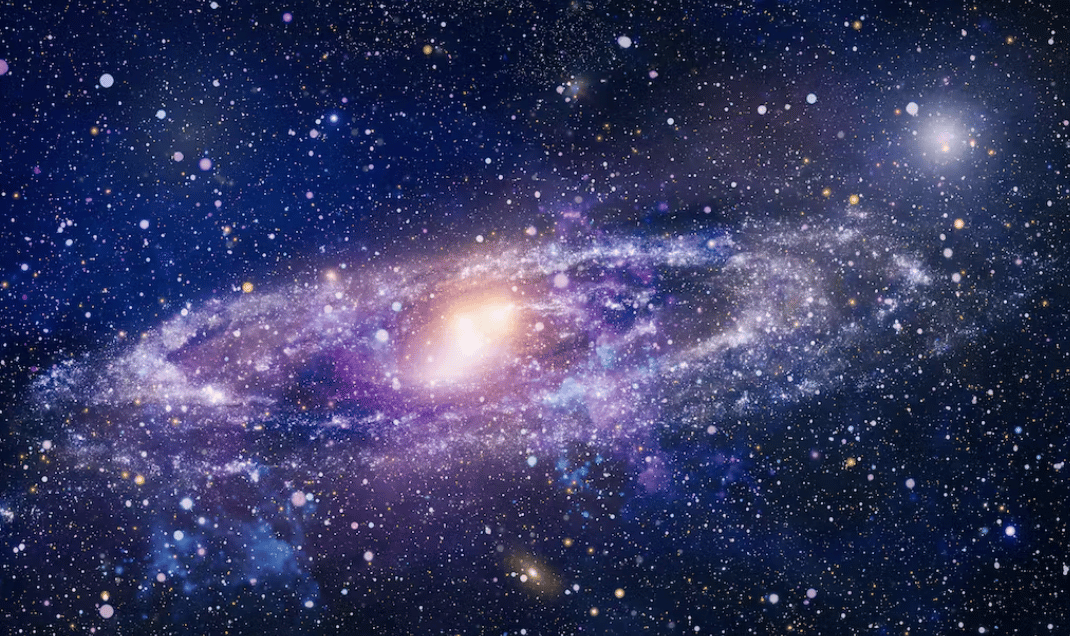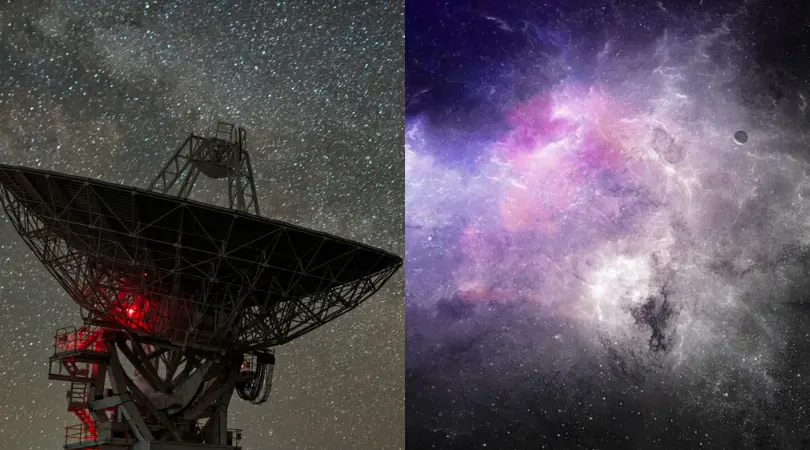Did somebody try to reach us? Scientists have revealed that they received a radio signal from a galaxy nine billion light-years away from Earth. Moreover, the signal was detected by a unique wavelength known as a ’21 centimeter line’ or the ‘hydrogen line’. The people with the labcoats use hydrogen to map out and identify the location of galaxies. For the scientists, it was an exciting opportunity to learn more about the galaxy in its early years. Space.com explains that this wavelength is reportedly emitted by neutral hydrogen atoms.
Arnab Chakraborty, an author and McGill University Department of Physics post-doctoral cosmologist, shared a statement. He said, “It’s the equivalent to a look-back in time of 8.8 billion years. A galaxy emits different kinds of radio signals. Until now, it’s only been possible to capture this particular signal from a galaxy nearby, limiting our knowledge to those galaxies closer to Earth.” Scientists in Canada and India captured the signal from a ‘star-forming galaxy’ using a telescope. To make matters complicated, the galaxy was named ‘SDSSJ0826+5630’. The researchers used the Giant Metrewave Radio Telescope.
Earth receives signal from galaxy nearly nine billion light-years away
The signal was emitted by the Milky Way Galaxy, now 13.8 billion years old, when it was only 4.9 billion years old. When we hear news of receiving a signal from far away in the galaxy, we instantly think of aliens, don’t we? Sadly, that is not the case here. That’s because experts from the Indian Institute of Science and McGill University in Montreal, Canada have confirmed the source. They say the signals originated 8.8 billion years in the past from a star-forming galaxy. To explain how old the signal is, Earth did not even exist at the time and wouldn’t exist for a few billion years more.










